2008-2011
Explore the highlights of the Obama’s first term in the White House.

January 1, 2008
The 2008 Campaign: Yes We Can
Senator Barack Obama, stood on the steps of the Old State Capitol building in Springfield, Illinois on February 10, 2007 and declared his candidacy for President of the United States. Next to him on that day were his wife, Michelle, and daughters, Sasha and Malia. He told listeners that day, “… this campaign can’t only be about me. It must be about us — it must be about what we can do together.“
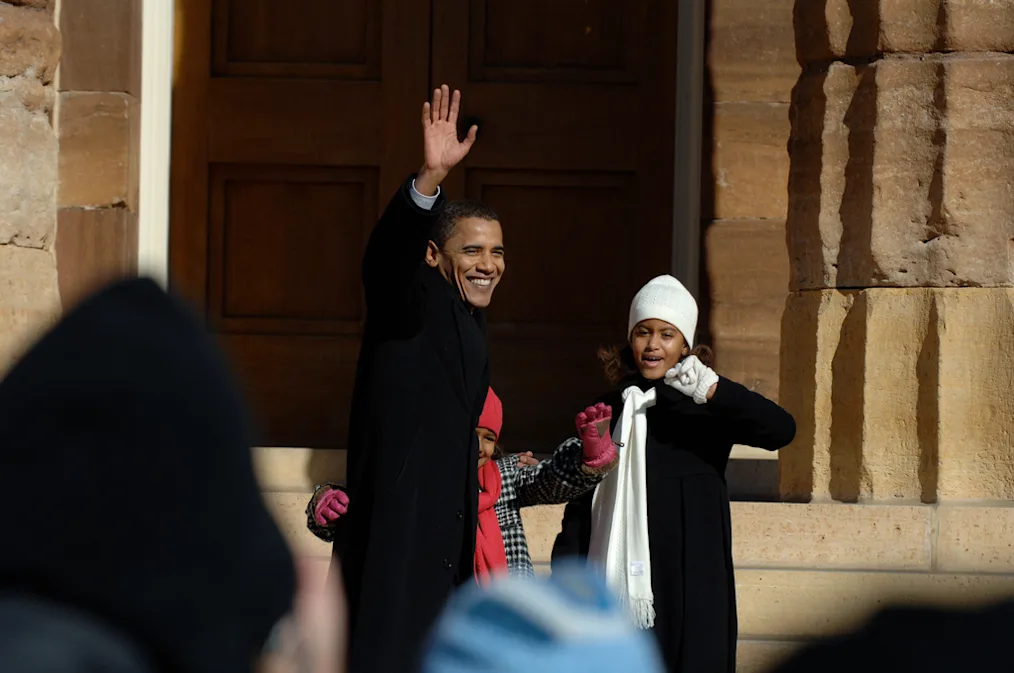
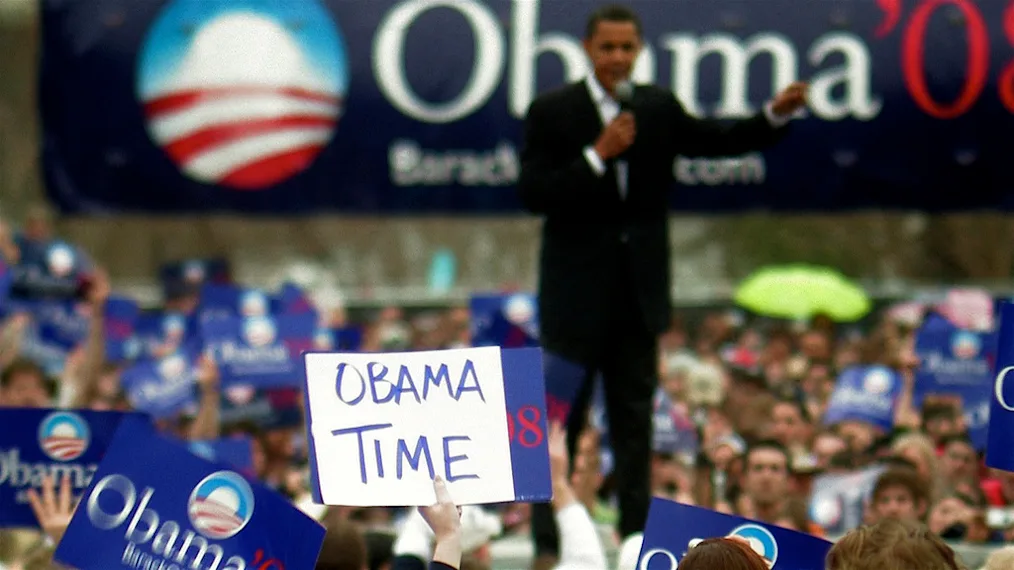

November 4, 2008
An Historic Night in Grant Park
On November 4, 2008, President-elect Barack Obama gave a victory speech to remember at Grant Park before an estimated crowd of 240,000.



“ This is the highlight in Chicago’s history to have the first African American president hail from Chicago and have a president from Chicago. It’s the first time since John F. Kennedy that a president comes from an urban community like ours. That’s a long way. We don’t have to educate him about all the urban problems. He knows them all first hand.”
–Mayor Richard Daley, November 2008
Letters to President Obama
When President Obama took office, he asked his staff to send him 10 letters from constituents to read every night. These letters—hand-picked from the thousands of emails and handwritten notes that the White House receives every day—represented the stories and concerns of Americans across the country. The President read a new batch of letters every night, and he often visited letter writers in their hometowns and spoke about how these messages have inspired him and his policies.
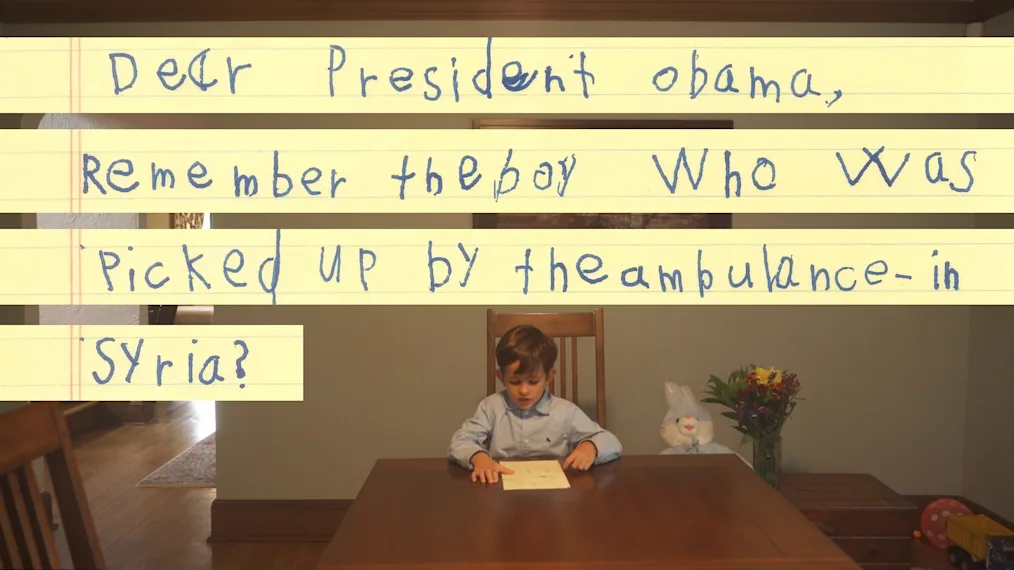
At Home in the White House
President Obama’s daughters, Malia and Sasha, called the White House Residence their home for eight years during his administration.

Shortly after taking office, President Obama adapted the White House tennis court to allow enough room for a full court game of basketball. The court has played host to a number of distinguished visitors, from college basketball championship teams to Wounded Warrior players.
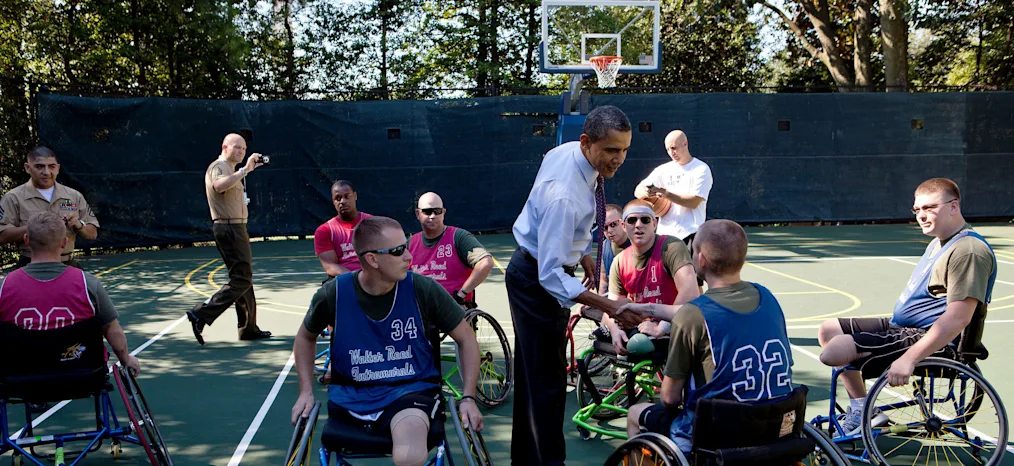
There’s Always Time for Family Dinner
“When we’re in town here in Washington, in the evenings, 6:30 we want to be at the dinner table with our kids and I want to be helping with the homework.” —President Obama
When they spent time in the dining room, the Obama family surrounded themselves with artwork and decor that reflected their modern sense of style. By selecting Alma Thomas’ 1966 painting “Resurrection,” the Obamas ensured that she became the first African-American woman artist to be a part of the White House permanent collection.

Stabilized an Economy in Crisis
The Obama Administration took steps to help the hardest-hit Americans. Without the Recovery Act’s boost to household incomes, the poverty rate would have risen an additional 1.7 percentage points — which translates into about 5.3 million additional people that would have slipped into poverty in 2010.
The Administration provided tax relief that gave the typical American family a tax cut of $3,600 over the first four years of the Administration — helping to restart job growth — and made important tax cuts permanent for working families and families with college students.
Additionally, the Administration increased benefits and expanded access to the Supplemental Nutrition Assistance Program (SNAP), formerly known as food stamps lifting more than 500,000 households out of food insecurity.

Saved the American Auto Industry
The Obama Administration required that Chrysler and General Motors (GM) adopt viable restructuring plans in exchange for temporary federal loan support, including building more fuel efficient cars.
On December 19, 2014, Treasury announced that it had exited the last Troubled Asset Relief Program (TARP) equity investment under the Auto Industry Financing Program. The auto industry has fully exited the temporary federal programs that supported them, repaying the American taxpayer every dollar and more of what the Obama Administration committed.

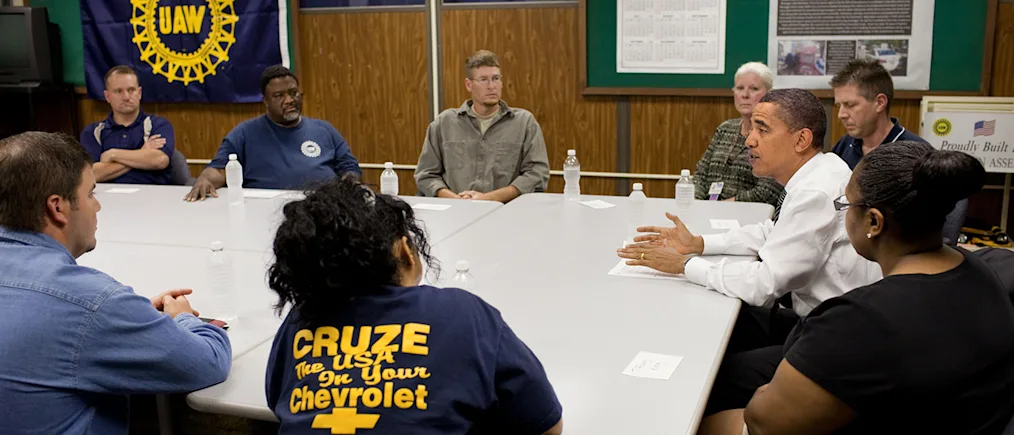
The Kitchen Garden
The Kitchen Garden was planted in the spring of 2009 by Mrs. Michelle Obama with the help of students from a local elementary school. The first kitchen garden on White House grounds since Mrs. Eleanor Roosevelt’s Victory Garden during World War II inspired Mrs. Obama’s Let’s Move! initiative to raise a healthier generation of kids.
White House chefs use produce from the garden for preparing meals for the First Family, as well as for official functions like state dinners. Some produce is donated to Miriam’s Kitchen, a local homeless shelter providing services and homemade meals, a soup kitchen near the White House.

“ I take great pride in knowing that this little garden will live on as a symbol of the hopes and dreams we all hold of growing a healthier nation for our children.”
–Michelle Obama, November 2016
Launched Data.gov, Challenge.gov, and BusinessUSA.gov
On his first full day in office, President Obama issued the “Transparency and Open Government” memorandum, making clear that his Administration was “committed to creating an unprecedented level of openness,” and fostering a sense of transparency, public participation, and collaboration amongst the government and the American people.
Since 2009, the Administration made significant progress opening up data sets that have never before been public, and creating new pathways to civic engagement. Today, students are able to compare the cost of college with other significant data points, such as graduation rates and average salaries of graduates to determine where to get the most bang for their buck. Communities can map demographic, income, and school data to promote Fair Housing. Patients can find information on the safety and cost of hospitals, nursing homes, and physicians, empowering them to make smarter health care choices. These diverse tools benefit different groups of people, industries, and communities, yet all rely on one thing: open data.

“ Government should be collaborative. Collaboration actively engages Americans in the work of their Government.”
–President Barack Obama, January 2009
Stabilized a Financial Sector in Crisis
The Treasury invested approximately $245 billion across five bank programs. Each of these programs was established to accomplish different goals as part of the overall effort to stabilize America’s banking system. Because of the aggressive response, the financial system stabilized and Treasury has recovered $275 billion, a nearly $30 billion positive return to the taxpayer. Additionally, the Administration launched programs to restart crucial lending markets for student and auto loans, other forms of consumer credit, housing, and small businesses.
“ Now is the time to act boldly and wisely — to not only revive this economy, but to build a new foundation for lasting prosperity.”
–President Barack Obama, Address to Joint Session of Congress, February, 24, 2009
February 9th, 2010
Helped Kids Get Fit with “Let’s Move!”
In 2009, Mrs. Obama planted the White House Kitchen Garden on the South Lawn to initiate a national conversation around the health and wellbeing of the country. In time, that conversation led to Let’s Move!. Through policy, programs, public awareness, and partnerships, Let’s Move! is about putting children on the path to a healthy future during their earliest months and years; giving parents helpful information and fostering environments that support healthy choices; providing healthier foods in our schools; ensuring that every family has access to healthy, affordable food; and helping children become more physically active.

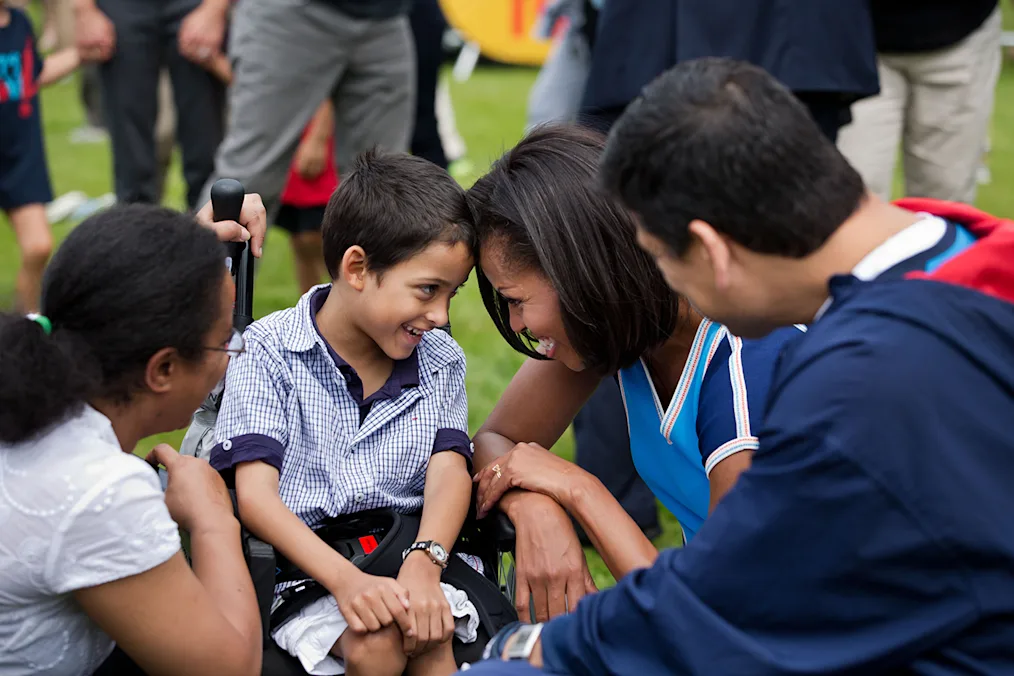

Invested in Education
The Obama Administration catalyzed significant state education reforms to adopt higher academic standards to prepare students for college and careers, which 49 states and the District of Columbia have done. Additionally, the Administration invested in great teachers and leaders, and turned around low-performing schools through $4 billion in Race to the Top competition. Following these reforms, the high school graduation rate reached its highest level ever recorded, dropout rates fell sharply for low-income and minority students, and since 2008, college enrollment for African-Americans and Hispanics has increased by more than one million students.

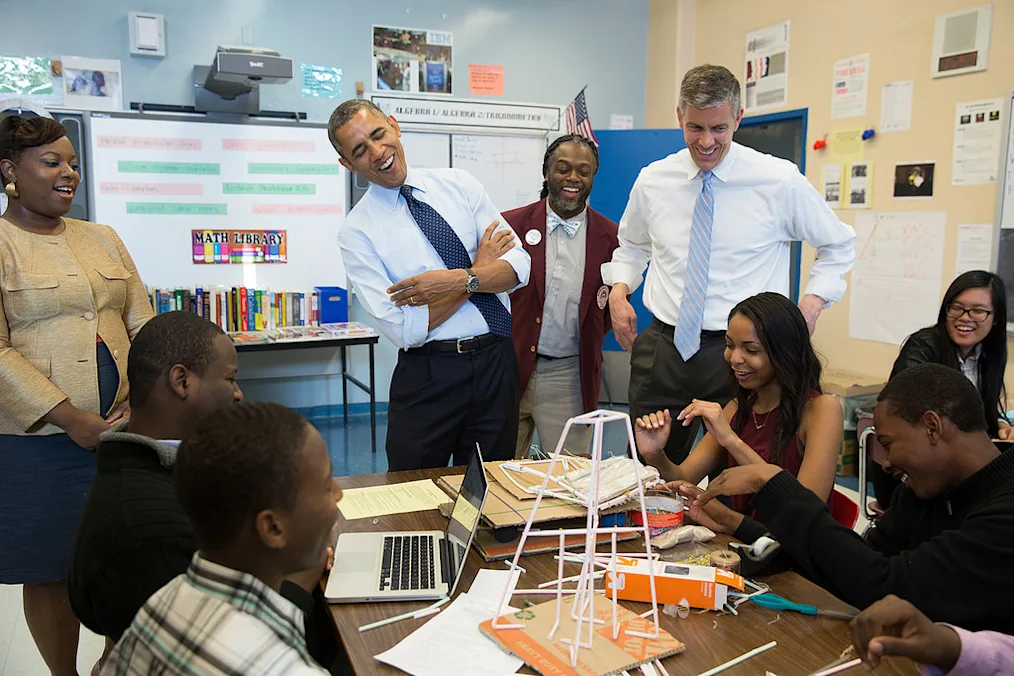
March 23, 2010
Secured Affordable Health Care for All Americans
Health reform put American families and small business owners in control of their own health care. It made insurance more affordable by providing the largest middle class tax cut for health care in history, reducing premium costs for tens of millions of families and small business owners who had been priced out of coverage. Under the plan, 95% of Americans were insured.
It set up a new competitive health insurance market, giving tens of millions of Americans the same choices of insurance that members of Congress will have, and it brought greater accountability to health care by laying out commonsense rules of the road to keep premiums down and prevent insurance industry abuses and denial of care. It ended discrimination against Americans with pre-existing conditions. And it put our budget and economy on a more stable path by reducing the deficit by more than $100 billion over ten years — and more than $1 trillion over the second decade — by cutting government overspending and reining in waste, fraud and abuse.
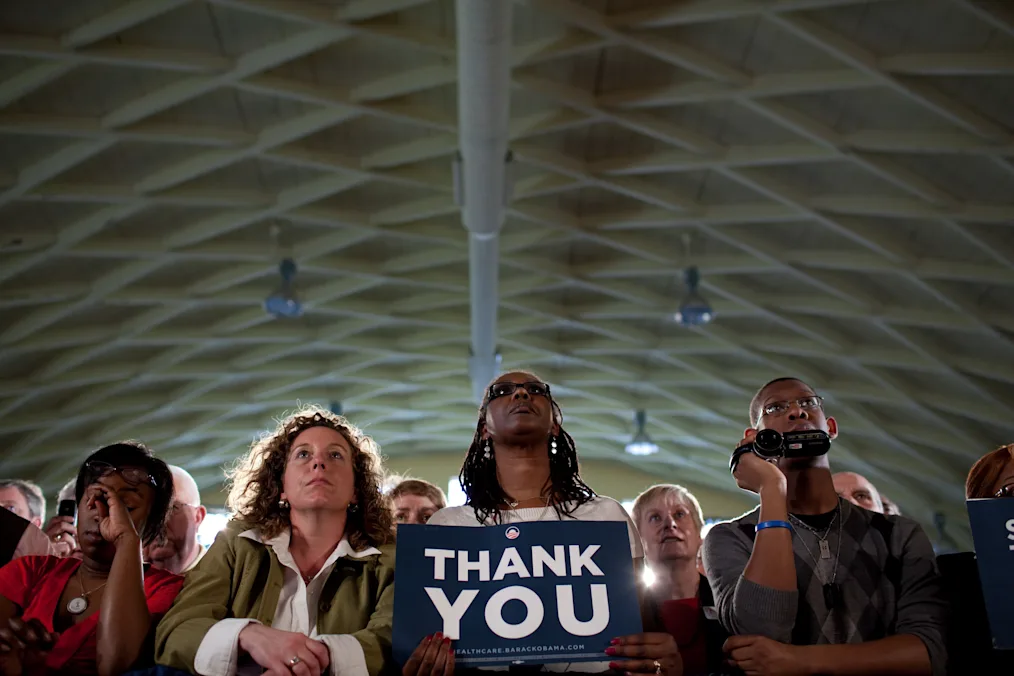

In the six years following the enactment of the ACA, nearly 18 million Americans gained health coverage, and the nation’s uninsured rate shrunk to the lowest ever recorded. Thanks to the ACA, 137 million Americans with private health coverage, including 55 million women and 28 million children, were guaranteed preventive services coverage with no out-of-pocket costs.

The Affordable Care Act: 5 Years Later
August 3, 2010
Fought for a Fairer Criminal Justice System
In August 2010, President Obama signed the Fair Sentencing Act, which reduces the disparity in the amounts of powder cocaine and crack cocaine required for the imposition of mandatory minimum sentences and eliminates the mandatory minimum sentence for simple possession of crack cocaine. It also increases monetary penalties for major drug traffickers.
Additionally, in July 2015, President Obama visited the El Reno Federal Correctional Institution outside of Oklahoma City, marking the first visit by a sitting President to a federal prison.

President Obama Visits the El Reno Federal Correctional Institution
“ If we are serious about solving this problem, then we're going to not only have to help the police, we're going to have to think about what can we do — the rest of us — to make sure that we're providing early education to these kids; to make sure that we're reforming our criminal justice system so it’s not just a pipeline from schools to prisons; so that we're not rendering men in these communities unemployable because of a felony record for a nonviolent drug offense; that we're making investments so that they can get the training they need to find jobs. … And there’s a bunch of my agenda that would make a difference right now in that.”
–President Obama, Tuesday, April 28, 2015
December 13, 2010
The Healthy, Hunger-Free Kids Act
The Healthy, Hunger-Free Kids Act updated school meal nutrition standards for the first time in 15 years and increased school meal funding for the first time in 30 years. The law boosted the quality and nutrition of meals for over 50 million children through the National School Lunch and Breakfast Programs. Its regulations substantially increased offerings of fruits, vegetables, and whole grains, and reduced the amount of saturated fat, trans fat and sodium.

“ We can all agree that in the wealthiest nation on Earth, all children should have the basic nutrition they need to learn and grow and to pursue their dreams, because in the end, nothing is more important than the health and well-being of our children. Nothing. And our hopes for their future should drive every single decision that we make.”
–Michelle Obama, December 13, 2010
White House Champions of Change: One Voice Can Change
President Obama challenged us all to help win the future by out-educating, out-innovating, and out-building our competitors in the 21st century. Over the course of his presidency he encouraged citizens to nominate people doing extraordinary things to make a difference in their communities to become Champions of Change.

Improved Veterans’ Service
Mrs. Obama and Dr. Biden launched Joining Forces in 2011 and have seen incredible impacts since that time.
Employment: Through the Military Spouse Employment Partnership, more than 82,000 military spouses have been hired by nearly 300 private- and public-sector partners since the program launched, and more than 850,000 veterans and military spouses have been hired through Joining Forces-allied companies. 50 states have enacted legislation removing credentialing impediments for separating service members and 49 states have enacted legislation assisting in license portability for military spouses.
Education: More than 100 colleges and universities have signed on to “Educate the Educators”, the Joining Forces commitment that will help prepare educators to lead classrooms and develop school cultures that are more responsive to the social, emotional, and academic needs of children in military families. All 50 states have signed on to the Military Child Education Compact to support military students and families.
Wellness: Mrs. Obama launched the Campaign to Change Direction, a mental health public awareness campaign, garnering commitments to teach the “5 Signs” to more than 145 million people. Through a network of medical and mental health professional organizations, this campaign has created opportunities to prepare the nation’s current and future healthcare work force to meet the unique health needs of service members, veterans, and their families.

Travels with the First Lady and Dr. Biden - Joining Forces Launch

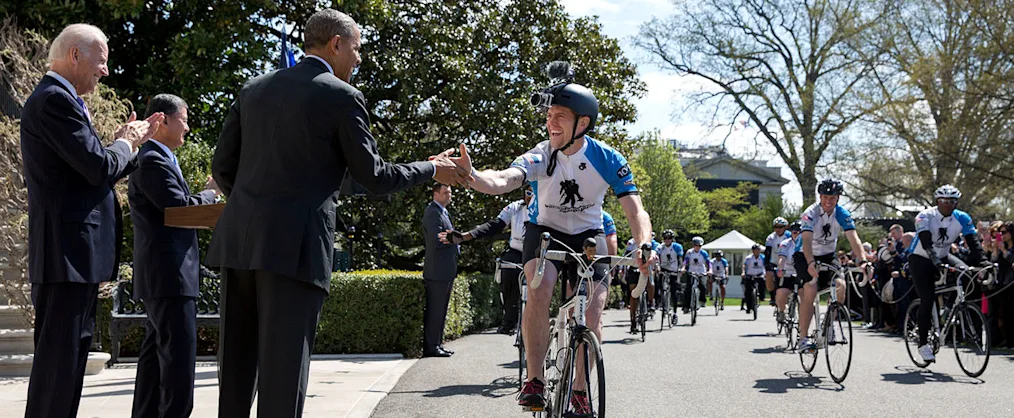


April 27, 2011
Protected the Health of America’s Waters
In April 2011, the Obama Administration released a national Clean Water Framework that recognized the importance of clean water and healthy watersheds to our economy, environment and communities, and emphasized the importance of partnerships and coordination with states, local communities, stakeholders, and the public to protect public health and water quality, and promote the nation’s energy and economic security.
The Administration worked with policymakers, consumers, farmers and businesses to save water — and save money — through 21st century water management policies and technology, and used the latest science and research to identify and address emerging pollution challenges.

May 2, 2011
Dismantled Al Qaeda’s Leadership
On May 2, 2011, at President Obama’s direction, the United States launched a targeted operation against that compound in Abbottabad, Pakistan. A small team of Americans carried out the operation with extraordinary courage and capability. No Americans were harmed. They took care to avoid civilian casualties. After a firefight, they killed Osama bin Laden and took custody of his body.


President Obama on Death of Osama bin Laden
June 24, 2011
Investment in Robotics
President Obama’s National Robotics Initiative is part of a broader effort to promote a renaissance of American manufacturing through the Advanced Manufacturing Partnership. This initiative focuses on developing robots that work with or beside people to extend or augment human capabilities, taking advantage of the different strengths of humans and robots. As part of this initiative, the National Science Foundation, the National Institutes of Health, NASA, and the Department of Agriculture are funding $70 million of research for next-generation robotics.
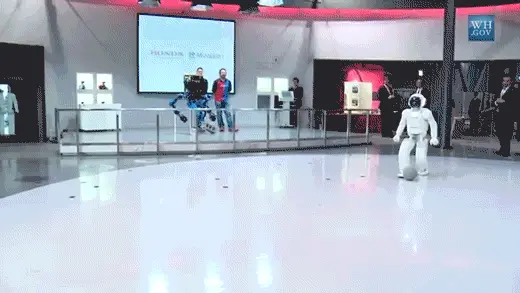
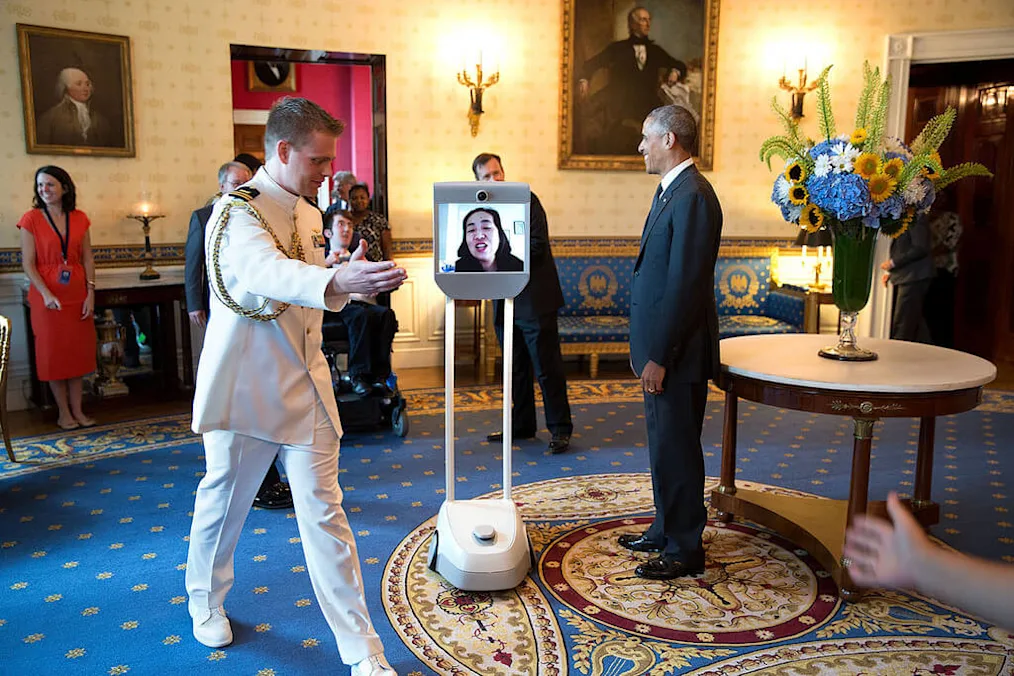
Bo and Sunny: First Dogs
Bo, a male Portuguese Water Dog, joined the Obama family at the White House in April 2009, and Sunny, a female Portuguese Water Dog, came along in August 2013.


